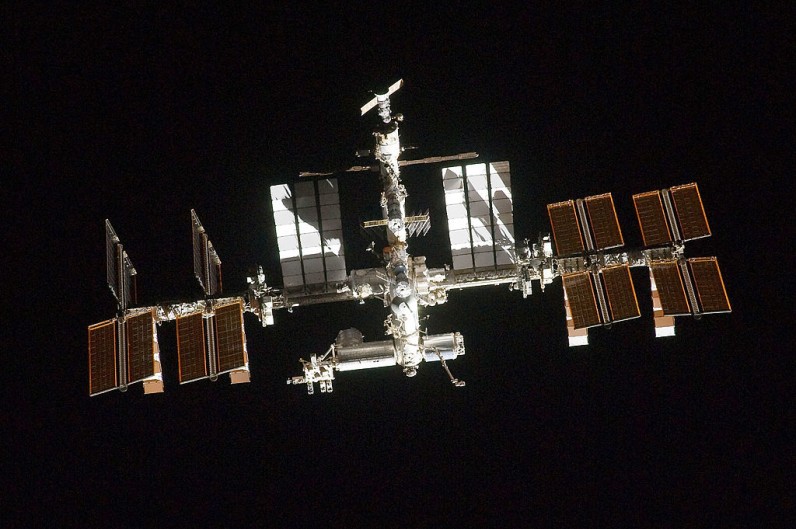
NASA selected SpaceX to provide a deorbit vehicle that would control the International Space Station's reentry into the Earth's atmosphere upon its retirement in 2030.
In a press release Wednesday (June 26), the space agency awarded Elon Musk's space company an $843 million contract to develop a deorbit vehicle that would slow the orbiting laboratory down to suborbital speeds and allow atmospheric drag to safely and responsibly destroy it.
It is yet to be seen whether SpaceX will design a new vehicle for the said purpose or modify its existing spacecraft, specifically its Dragon crew and cargo capsules.
SpaceX is honored to be entrusted by @NASA to support this critical mission https://t.co/63zFgM5oFn
— SpaceX (@SpaceX) June 26, 2024
Retiring, Replacing the ISS
The International Space Station started as a project in the 1990s spearheaded by NASA and its foreign counterparts: CSA (Canada), ESA (Europe), JAXA (Japan), and Roscosmos (Russia).
For over two decades, the station has been continuously inhabited by astronauts and cosmonauts from all over the world, with crews constantly provided by the US and Russia.
However, CNBC reported that it has been suffering from several safety issues, including microscopic leaks, faulty sewage, and space debris.
This only meant that a replacement for the ISS was in order, and some space startups have been developing modules and space stations where the current fleet of operational and experimental crew and cargo capsules, such as SpaceX's Dragon, Boeing's Starliner, Northrop Grumman's Cygnus, Sierra Space's Dream Chaser, and Russia's Soyuz and Progress, could be able to dock to through NASA's Commercial Low Earth Orbit Destinations program.
It is understood that China has its own space station called the Tiangong, which is relatively new compared to the ISS and where Shenzhou crewed capsules and Tianzhou cargo vessels dock.
ISS's Fiery Fate
Many have been speculating on the ISS's fate after its operational life's end. Some advocated for it to be flown to a higher "graveyard" orbit to become an orbiting museum that humans could visit or observe in the future, while others seek to disassemble the station in orbit and cannibalize the still working parts to extend its operations with limited capabilities further.
However, NASA published a study Wednesday that ultimately decided that the ISS's fiery fate would be the most technically and economically feasible option among the evaluated alternatives.
Space.com reported that NASA's $843 million funding for SpaceX would only be for vehicle development and not for launch costs.
Given that Starship is still in its experimental phase, it is understood that the ISS deorbiter, which NASA calls the ''US Deorbit Vehicle'' would have to be compatible with SpaceX's current workhorse, the Falcon 9 or Falcon Heavy.







Join the Conversation